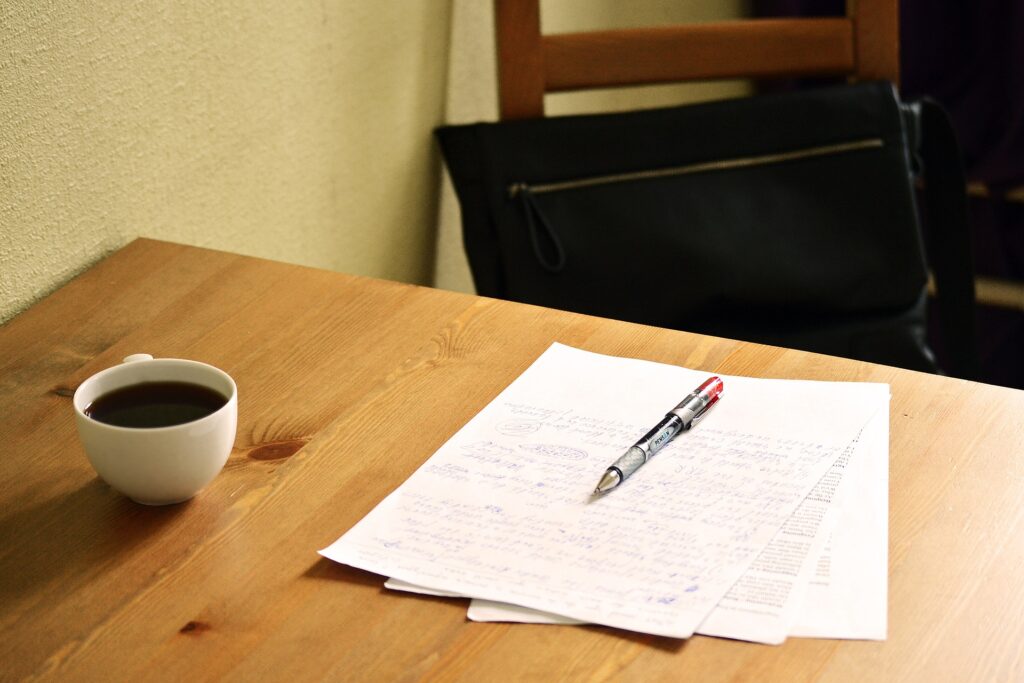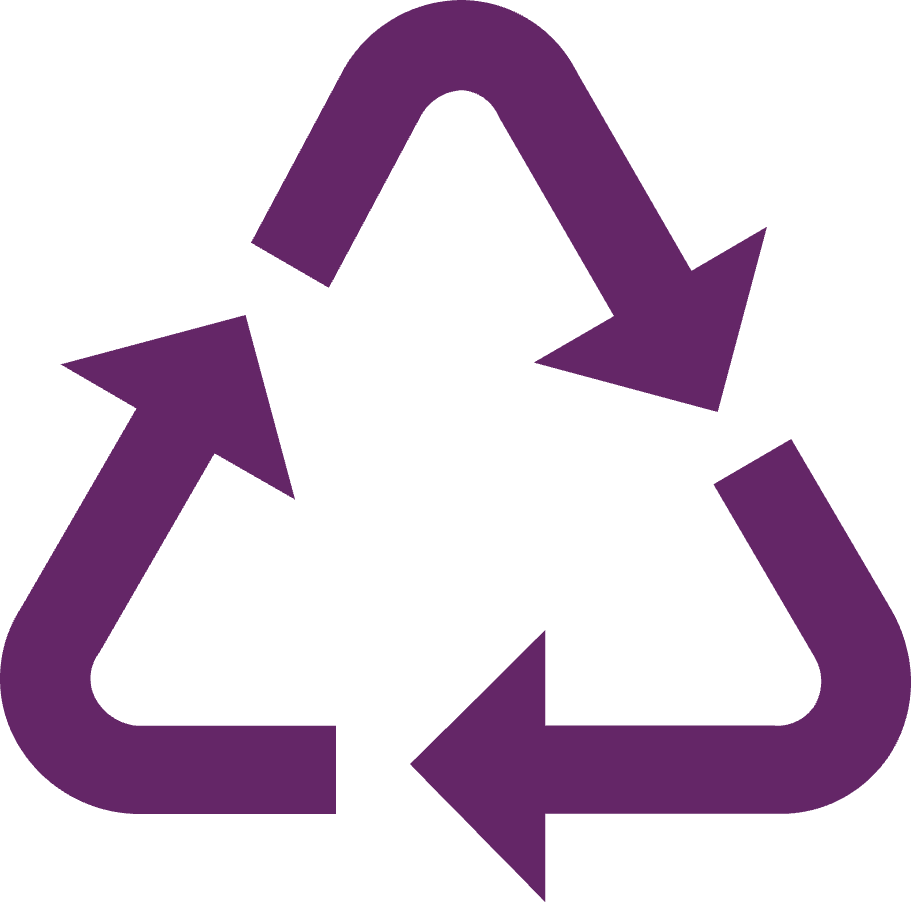Self-plagiarism is a tricky issue and understanding the importance of avoiding it is crucial for writers, especially writers in an academic setting. Students often commit self-plagiarism without realizing it, thinking that if the work is their own, they cannot “steal” it from themselves. This is not exactly true, however, and we will explain why, and how to avoid self-plagiarism, in the paragraphs below.
In an academic setting, there are three main scenarios in which students may be tempted to self-plagiarize.

Submitting a paper from a previous class in a class you are currently taking.
Let’s say you wrote a paper on Things Fall Apart in English 250: Literature of the 20th Century two semesters ago. Now you are taking English 350: Contemporary African Literature, and you realize the paper fits one of the course’s essay topics. So, you wonder—why not just make a new cover page and voila! Assignment done, right? WRONG. If you turned in a paper in a previous class, you cannot recycle it and turn it in to a current class; this would be considered self-plagiarism. Not only is it unethical to reuse an old paper, but it is also considered plagiarism, which could have serious consequences for your academic career. The only way in which you could reuse your previous work would be to quote no more than a paragraph or two from the first paper and cite it using proper citation formatting with you as the original author.

Revising an old paper and submitting it in a current class
Perhaps you wrote a paper on community health issues in a Health Sciences course, and you would like to revise it slightly by rewriting your conclusion and then submit it to the Nursing course you are currently taking. This would be considered self-plagiarism and again should be avoided. As with scenario one, the only way a student can use work they have previously submitted is to choose sparingly from the original paper and to cite the lines or paragraph using proper style formatting. You cannot repurpose or recycle past papers, period.

Publishing separate articles using the same research or reports
While this scenario only applies to students publishing articles in their field, it is still important to know to avoid this situation. If you have conducted research and come up with findings that you want to publish, you cannot publish more than one article unless you conduct further research and expand upon your original hypotheses and conclusions. Similarly, you cannot recycle data from a prior research paper and use it in a new paper without properly citing yourself and the original paper.
Regardless of which scenario you could fall into, it is a good rule of thumb to remember that you cannot recycle your own written work and get one paper to fulfill more than one assignment. If you do want to expand upon previous work, treat your first paper as an outside source, use your own work sparingly and thoughtfully, and always use proper citation formatting. For tips on formatting, visit Citation & Documentation.
